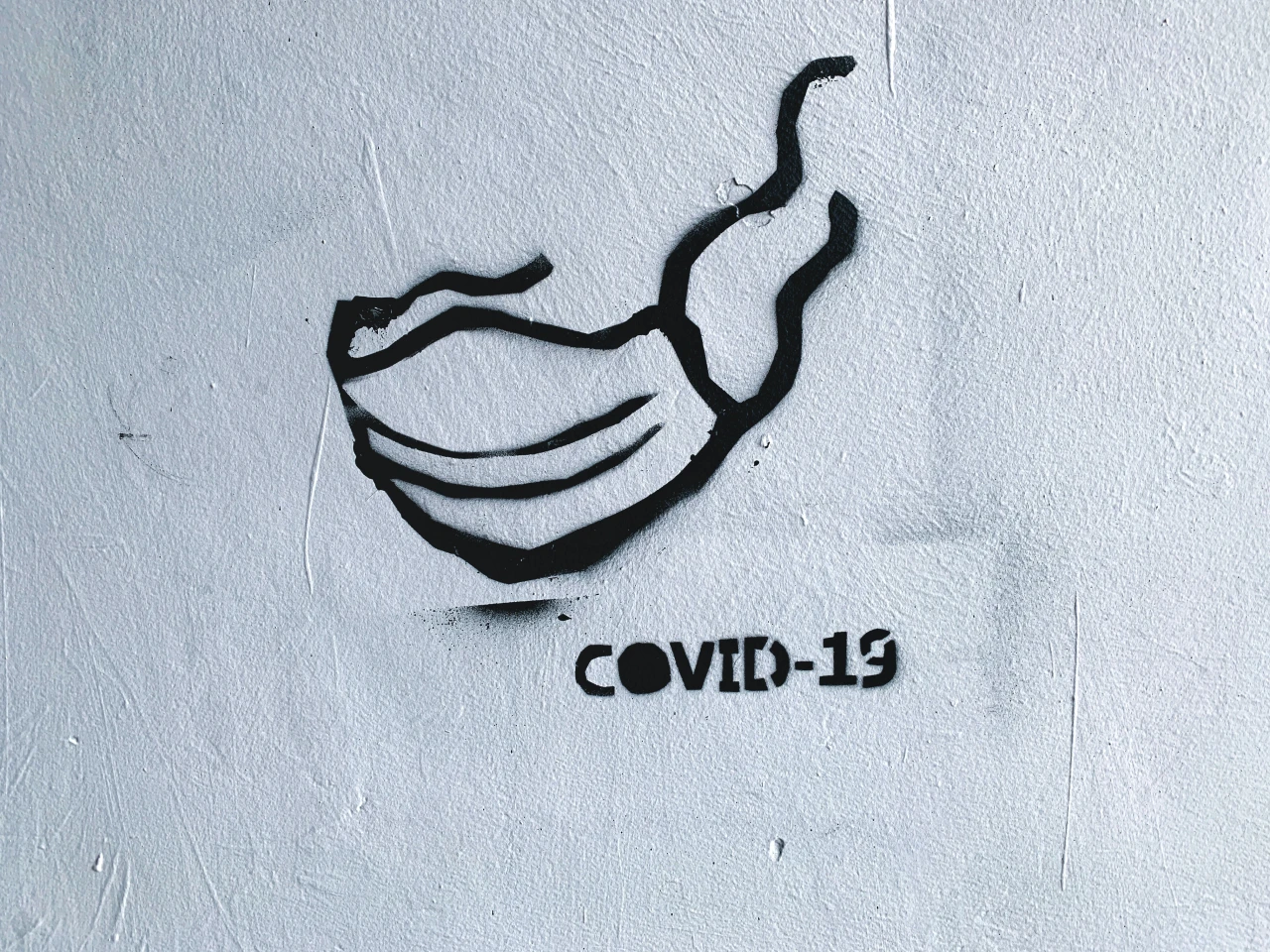Hospitals in Republican-led state given permission to ration care amid COVID-19 surge
Since the nation first began responding to the novel coronavirus, we’ve known that some states have handled the public health crisis with much more diligence than others. Idaho, for example, has continued to trail behind other states when it comes to face masks and has some of the lowest vaccination rates in the country. Republican Gov. Brad Little already activated members of the National Guard, as well as several hundred medical workers via a federal program, to help overwhelmed hospitals in the state.
On Tuesday, public health leaders in the state announced that they enacted the Crisis Standards of Care Plan which, in simple terms, allows 10 hospitals and health care systems in the northern and central parts of Idaho to ration health care, as reported by the Associated Press. Why? Because there are more COVID-19 patients than they can otherwise handle. This is a similar move to what’s happening in Hawaii, where Gov. David Ige recently signed an order that would release health care workers and hospitals from liability if they do have to ration health care. (Relatedly: Vacationers really need to stop traveling to Hawaii for now!)
In part of the public announcement on Tuesday, the Idaho Department of Health and Welfare essentially warned state residents that they might not get the kind of care they’re used to if they do need to be hospitalized. What might the difference look like? Luckily, patients would still receive care—at least, to some degree. They might, however, be placed in a conference room rather than a traditional bed. They might also have to go without some seriously important medical equipment. Health care workers might have their duties changed or extended.
The point? So hospitals can use their intensive care unit rooms for patients they think are most likely to survive. The overall goal, of course, is to save as many lives as possible, and offer care to as many people as they can.
Idaho’s guidelines essentially rate patients based on factors that contribute to their likelihood of surviving their current health crisis. People who are both in great need of care and are likely to actually survive and benefit from it are then listed as priority folks for in-demand resources, like certain medical equipment or an ICU bed. If you’re a patient without a life-threatening condition, you may simply experience a delay in your treatment. If you’re in severe need but your chances of survival are low, you may be given care that allows you to be pain-free, in order to keep you comfortable—while you either recover or don’t. Remember: It didn’t have to be this way.
This designation will be in effect until there are enough resources for regular levels of care and treatment to return, which might involve, for example, a drop in the number of patients, an increase in staffing, or an increase in beds and equipment.
“Crisis standards of care is a last resort,” department director Dave Jeppesen stressed in Tuesday’s statement. “It means we have exhausted our resources to the point that our healthcare systems are unable to provide the treatment and care we expect.” Jeppesen stressed that this was a decision he had been hoping to avoid and that the “best tools” they have at this point are for people to both get vaccinated and wear masks while in crowds, both inside and outside.
Less than 40% of folks in Idaho are fully vaccinated, and almost 45% have received their first dose of the vaccine. According to the Mayo Clinic, the average positive test rate for Idaho residents reached over 20% at the end of August, with cases steadily increasing since July.
The takeaway? As always, wear a face mask whenever possible, get vaccinated if you’re eligible, and be kind and considerate to those around you, and especially the most vulnerable.

